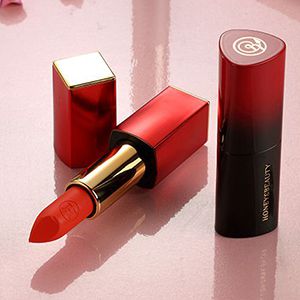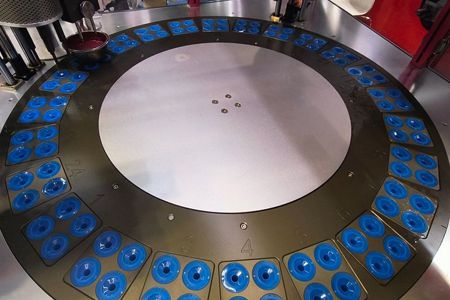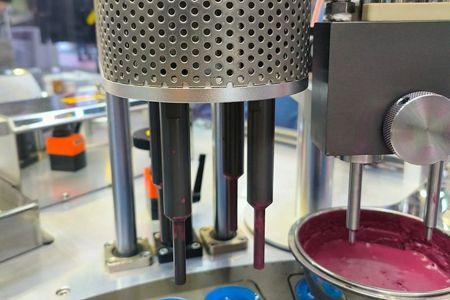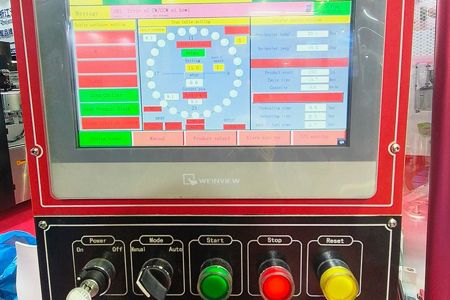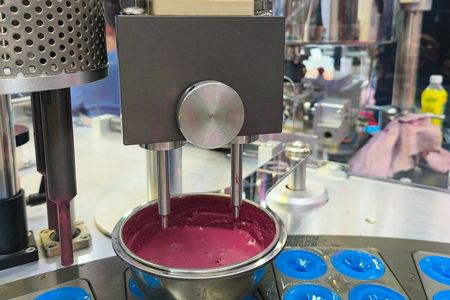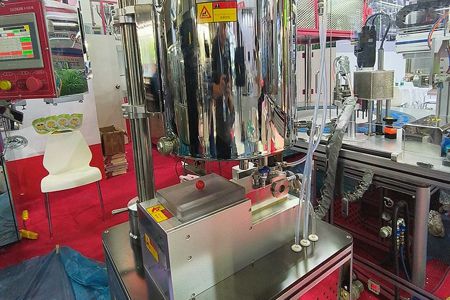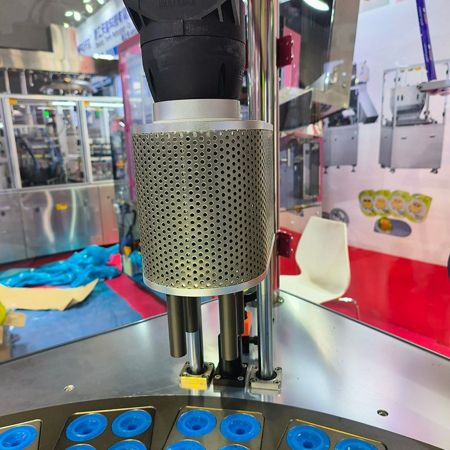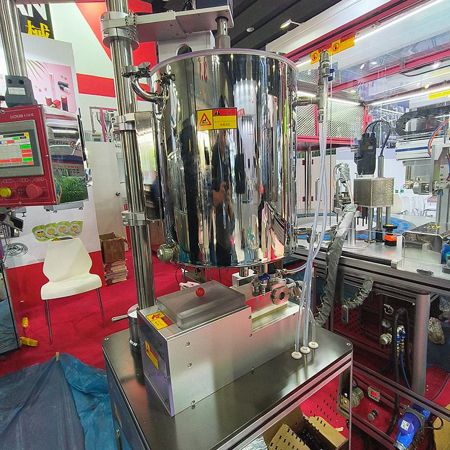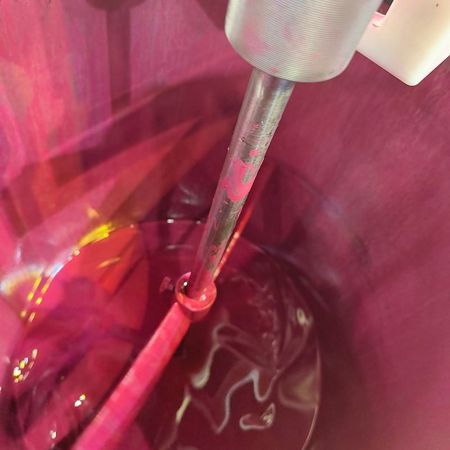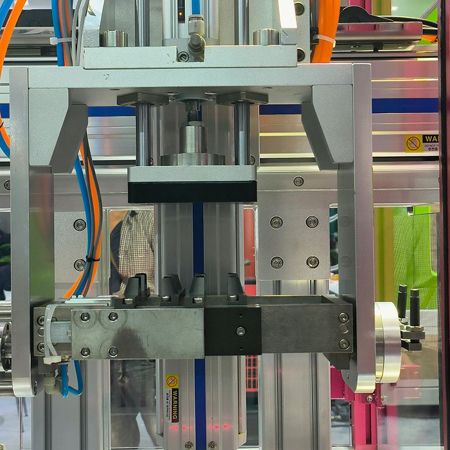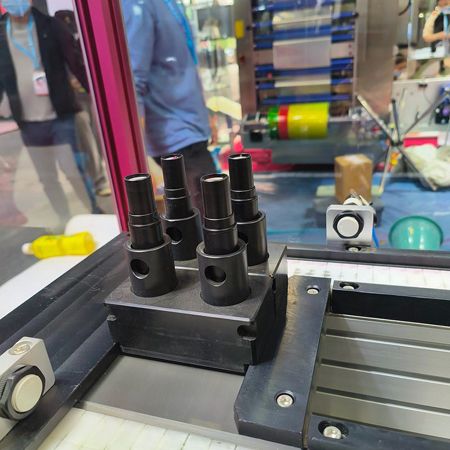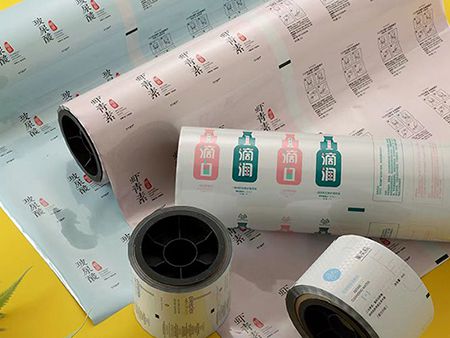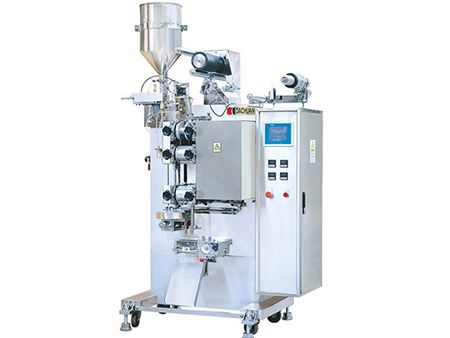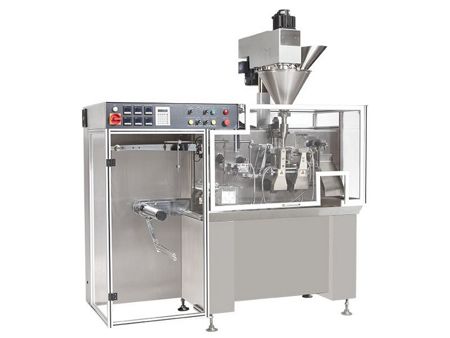Fully Automatic Lipstick Filling Machine, DC-830
The DC-830 automatic lipstick filling machine is an innovative tool for quickly and precisely crafting lipsticks with the highest quality achievable.
The raw material of this unique lipstick silicone mold boasts excellent resilience and durability, far exceeding other comparable products, allowing it to create unparalleled, high-quality lipsticks.
The lipstick filling machine is fitted with a turntable serving both filling and cooling functions. This efficient design rotates at a set pace to guarantee a consistent temperature across all silica gel molds, thus enabling the production of lipsticks of the same quality. Furthermore, the accompanying turntable container supply and discharge system allows easy operation for one employee.
Specifications
| Model | DC-830 |
| Forming mold | Silicone mold |
| Hopper capacity | 30L |
| Filling speed | 800-1200 pcs/hour |
| Air consumption | 5kg/cm² |
| Power supply | 380V, 50Hz, 12.7kW |
| Machine weight | 1000kg |
-
Silicone molds are superior to traditional iron molds when it comes to making quality lipstick. It can guarantee vivid colors with no marks left on the lipstick and it won't cling to the mold's walls. Plus, each silicone mold has a lifespan of up to 300 uses - offering a great return on your initial investment.
-
The servo-operated feeding nozzle can be precisely regulated in terms of speed and positioning through user-friendly touch-screen set-up, ensuring that the nozzle is full with silica gel and no bubble build-up occurs.
-
A servo motor drives the feeding machine and pump, and the parameters are calibrated from the touch screen based on the fluidity of the material.
-
This lipstick machine is equipped with a tray for waste collection. If it is kept inactive for a time, the materials in the nozzle may not reach optimum temperature for filling. To prevent the formation of defective products, these must be extracted from the nozzle first.
-
To ensure consistent temperature while working with various materials, the material barrel, feeding pipe, and feeding nozzle all feature temperature-controlled circulation systems. Depending on the melting point of the material, these parts would maintain a consistent temperature of 70-80°C.



